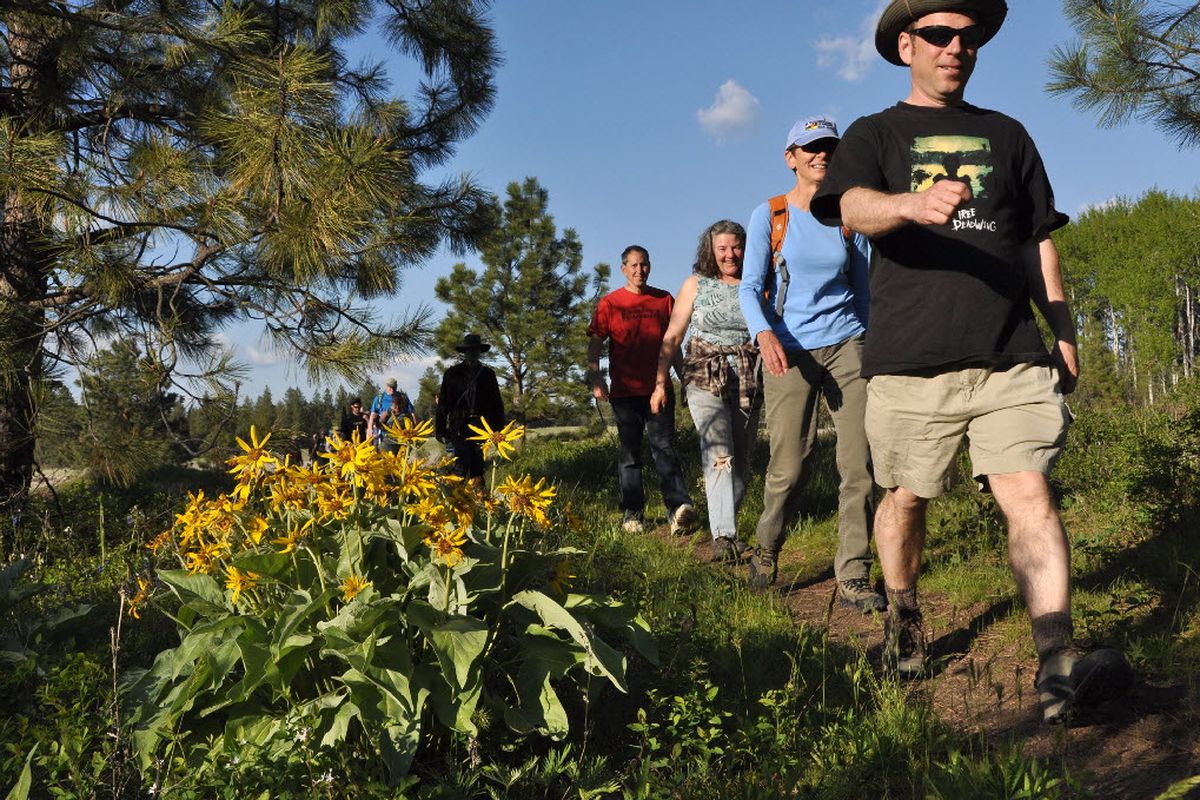Leggy killdeer somehow survive in high-traffic areas

In a natural area, killdeer lay their eggs in a slight depression of gravel, perhaps near a stream.
But these prairie-loving shorebirds are remarkably adaptable to rearing young among the feet and tires of humans and other beasts.
Perfectly camouflaged killdeer eggs can somehow survive uncracked in a fenced-in acre with a couple of horses in a Spokane Valley hobby farm. It happens every year.
On Wednesday, hikers were surprised to find a killdeer on four eggs she’d laid among some horse muffins in the gravel parking lot at the Spokane County Slavin Conservation Area south of Spokane.
Clever! Although killdeer don’t line their nests with vegetation, maybe the horse manure provided some security. People would avoid stepping or driving on it, and no one would stoop to scooping it up.
When approached, the killdeer would decoy an aggressor with the old broken-wing trick – limping away, rusty tail feathers spread and one wing dangling like a cripple.
When the danger had been lured far enough away from the nest, she’d cure herself instantly and fly away.
Undeterred, she’d eventually return and snuggle down on the eggs which were surrounded by tire tracks indicating that vehicles have come and gone without crushing the future family.
Odds seem to be against the killdeer, given that its “precocial” young incubate 24-28 days while “altricial” birds, such as robins, require only 12-14 days.
But while altricials are hatched from smaller eggs blind, naked and helpless, precocial killdeer will burst from larger eggs ready to run to a safer location in a short time after drying their feathers.
Until then, drive carefully out there.